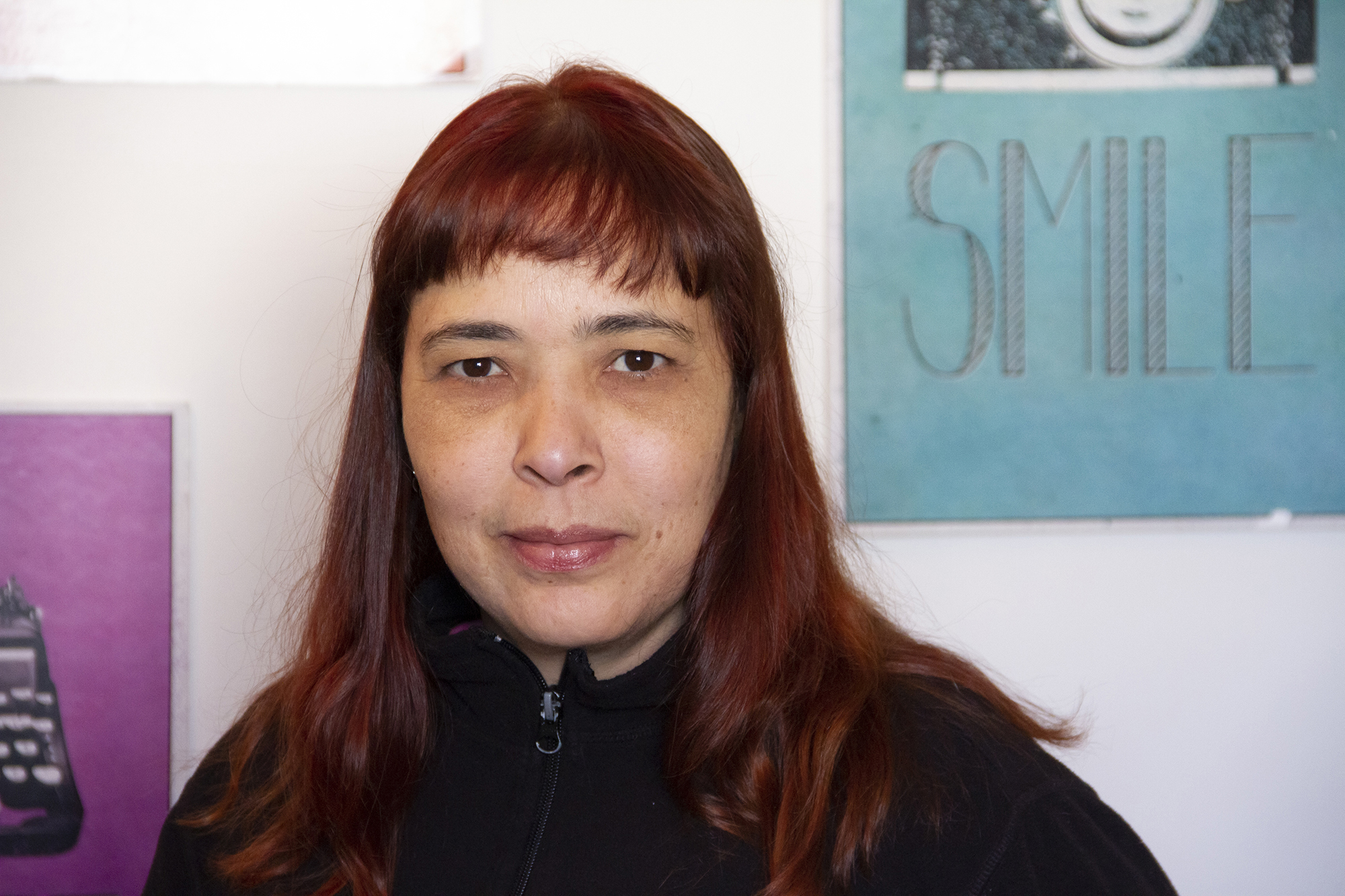WoW Woman in WearableTech | Maria Julia Guimaraes, UX designer, researcher, crafter
Interview by Marija Butkovic @MarijaButkovic
With degrees in Architecture, Urban Planning, Graphic Design and BFA Computation Arts, since mid-1990’s Maria Julia has been deploying my expertise on user experience design, human factors research, and visual communication into service of many different domains and industries, including space and environment planning, visual design, visual effects, interaction design and ambient computing. She was born in Rio de Janeiro, Brazil, and for the last 10 years, she has been living in Montreal, Canada. Since then, she has been focusing my professional work towards designing and building digital solutions and products tailored to enhance human interaction and activities. In parallel, she’s been exploring and crafting proof of concepts on how to exceed these experiences beyond digital devices and include environment or tangible data. She believes that technology can and should be designed to augment our sensory and emotional capabilities and responses, and therefore transform this data into feedback that can facilitate us to work better, to live better or to take more conscient decisions.
Her own definition in 2 sentences: “User Experience Designer, Systems thinker, Architect & Urban Planner, researcher, crafter, self-taught coder, curious, non-stop mind. I observe people, life and cats.”
What is the idea behind your project / product and how did you come up with it?
The project was born from the amalgam of a personal story that motivated me to find myself some help, and the will to have technology and design as powerful tools to achieve a better life.
I have Raynaud’s disease, among other autoimmune conditions. Raynaud’s causes abnormal blood vessels constriction when a patient is exposed to cold or under stress. When this happens, blood flow to extremities is blocked – mainly hands and feet, but it can affect nose and ears – and besides feeling extremely cold, it causes pain, numbness and tingling.
Air conditioning is enough to trigger such attack. As long visiting the frozen food sector while doing groceries, holding a glass with cold drink, and other similar actions we do in a daily basis and for most people, they are quite trivial.
As many other patients, I’m constantly struggling to find ways to keep warmth and being productive. There are few medication options to help prevent or minimize attacks, but they’re mostly little effective, based on patients’ feedback we’ve been interviewing and myself.
For the second part of this combination, as a designer I’ve been exploring and experimenting for the last few years different ways to ambient and sensor computing, searching on how user-centered designed technology could be a mean to enhance our own capabilities.
When did all start and do you have other members in your team?
I was nurturing this idea for quite some time, but it came into life mid-Winter 2017, during a class about wearables at Computation Arts, in Concordia University, Montreal, Canada.
Putting finally into a statement, it would be “If had a hand warmer that would be autonomous enough to foresee my need for the warmth my body is not capable to provide me at the moment, I could be more confident and focus on my activities without being concerned about getting more heat.”
During class I was designing and prototyping by myself, having guidance and feedback from my professor and colleagues. In addition, I was awarded a small grant from Fine Arts Student Alliance at Concordia to fund the project.
Later, on Summer that same year I decided to make the leap and make it into a consumable product, so others could benefit from what I was getting as a result. From that moment I started to search for the right partner with matching skills and passion that would embrace the endeavor. Not long after I had my first partner, Patricia Braga, software developer and hardware prototyping aficionado like myself. Later we had Henry Cheang, marketing professional and former neuroscientist.
How long did it take you to be where you are now?
It’s about 2 years since it all began! In December 2018 we incorporated as Totum Tech, and our vision is to help people with invisible disabilities fulfill their potential and fully contribute to society, by offering the most thought-out human-centered designed software and devices that help them improve their quality of life, regain productivity and overcome barriers caused by their conditions.
What was the biggest obstacle?
There are some many! Making your idea into a product that will improve people’s lives has many responsibilities.
The biggest one though, which is common to many hardware companies, is funding. Investors expect verified traction and guaranties, which in their turn are results you get when you have the product built. It’s a struggling circle that is hard to break through.
What are your biggest achievements to date?
Our company is at an early stage, and currently during product development, moving from functional prototype to final solution.
Even though, we are starting to acquire some visibility and very positive feedback. We been recently featured in a large patient’s network forum, and the responses and moving testimonials were energizing.
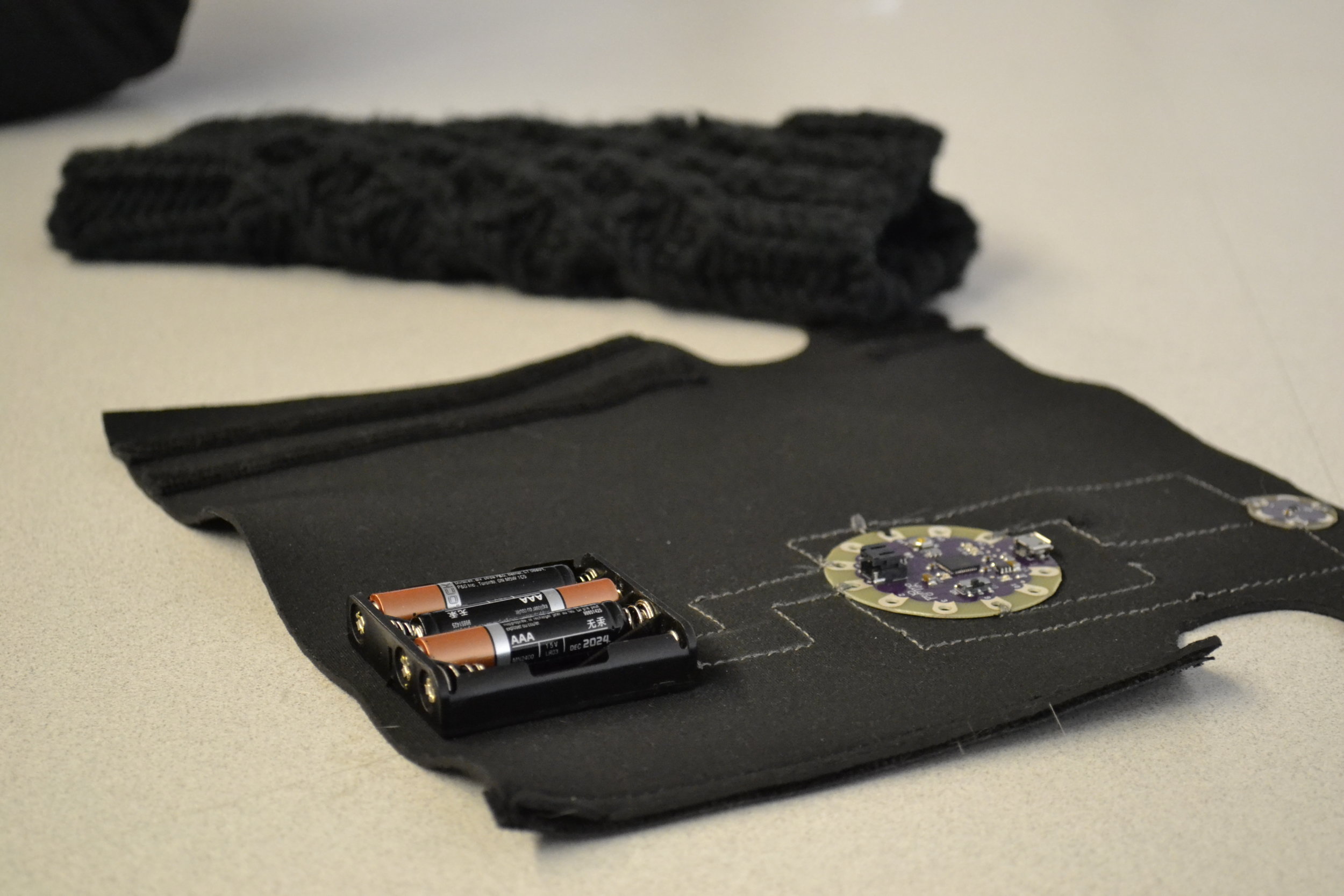
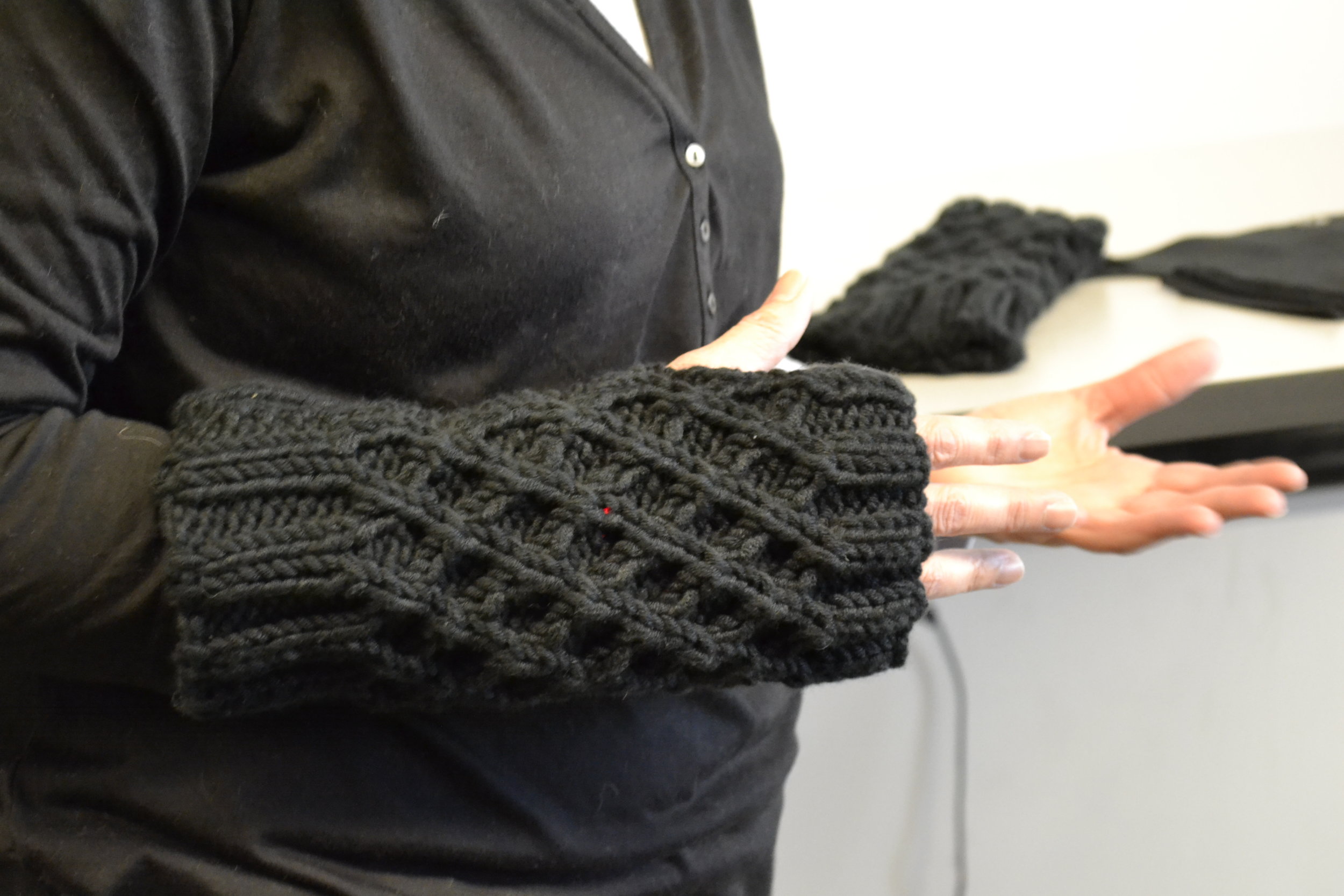
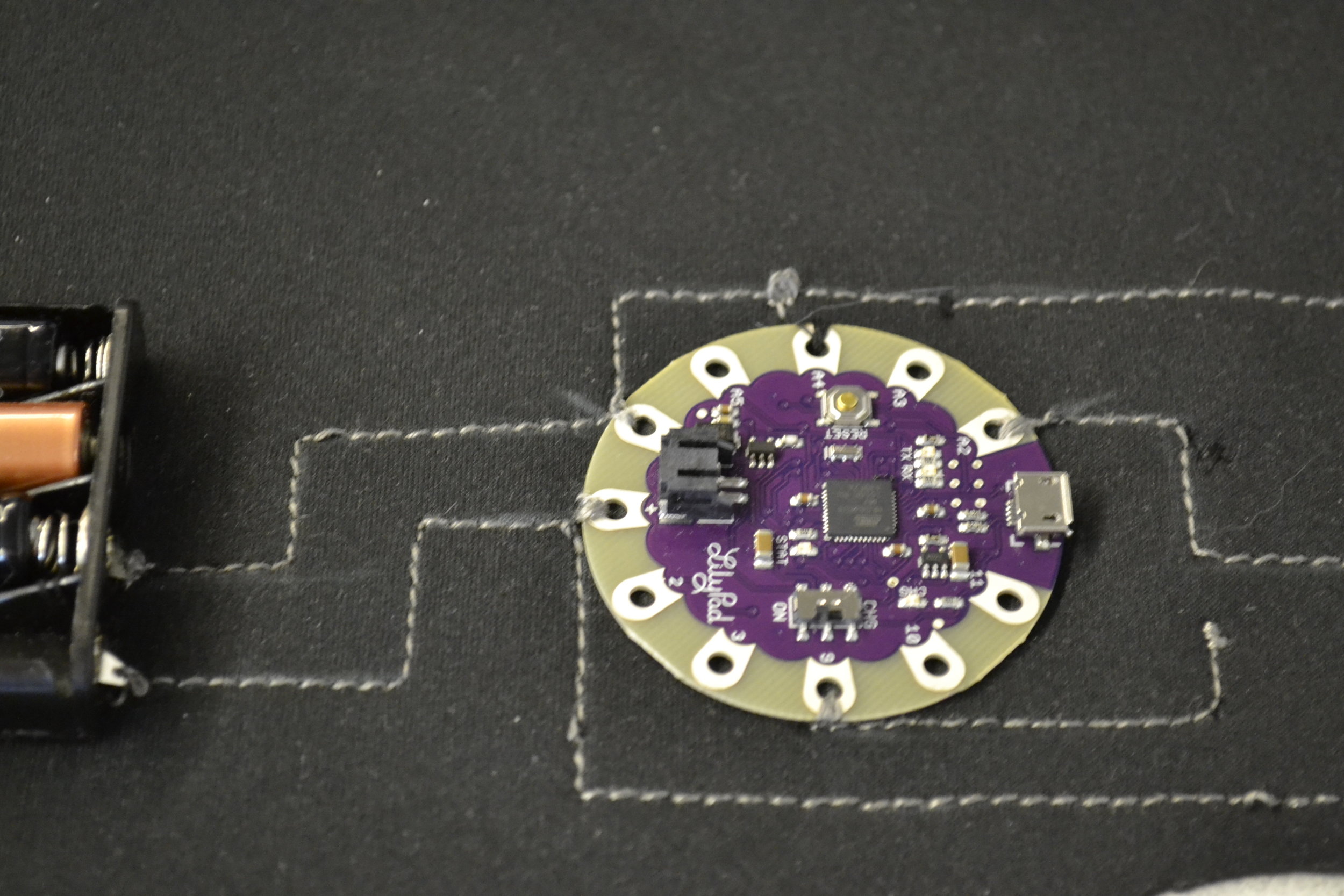
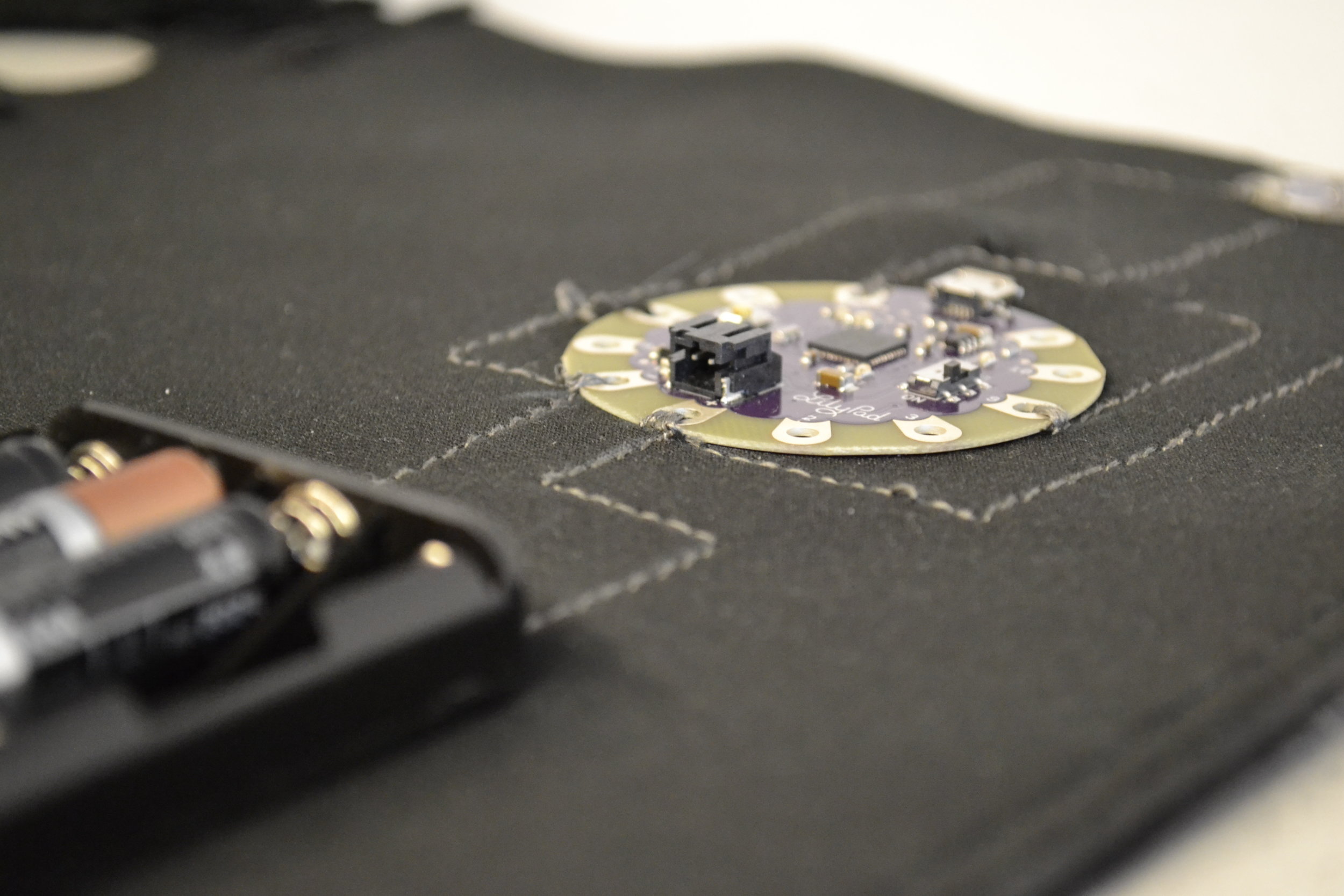
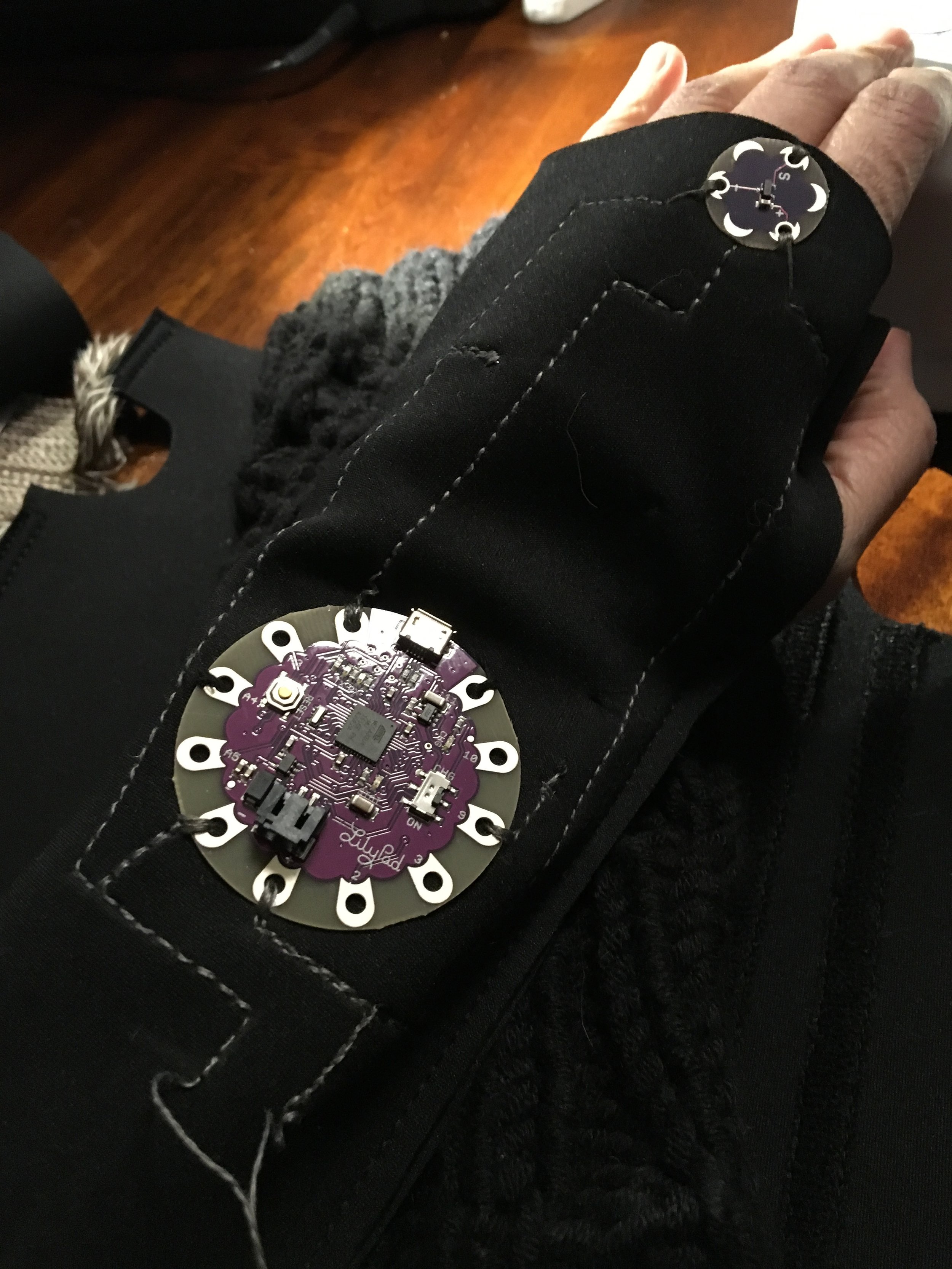
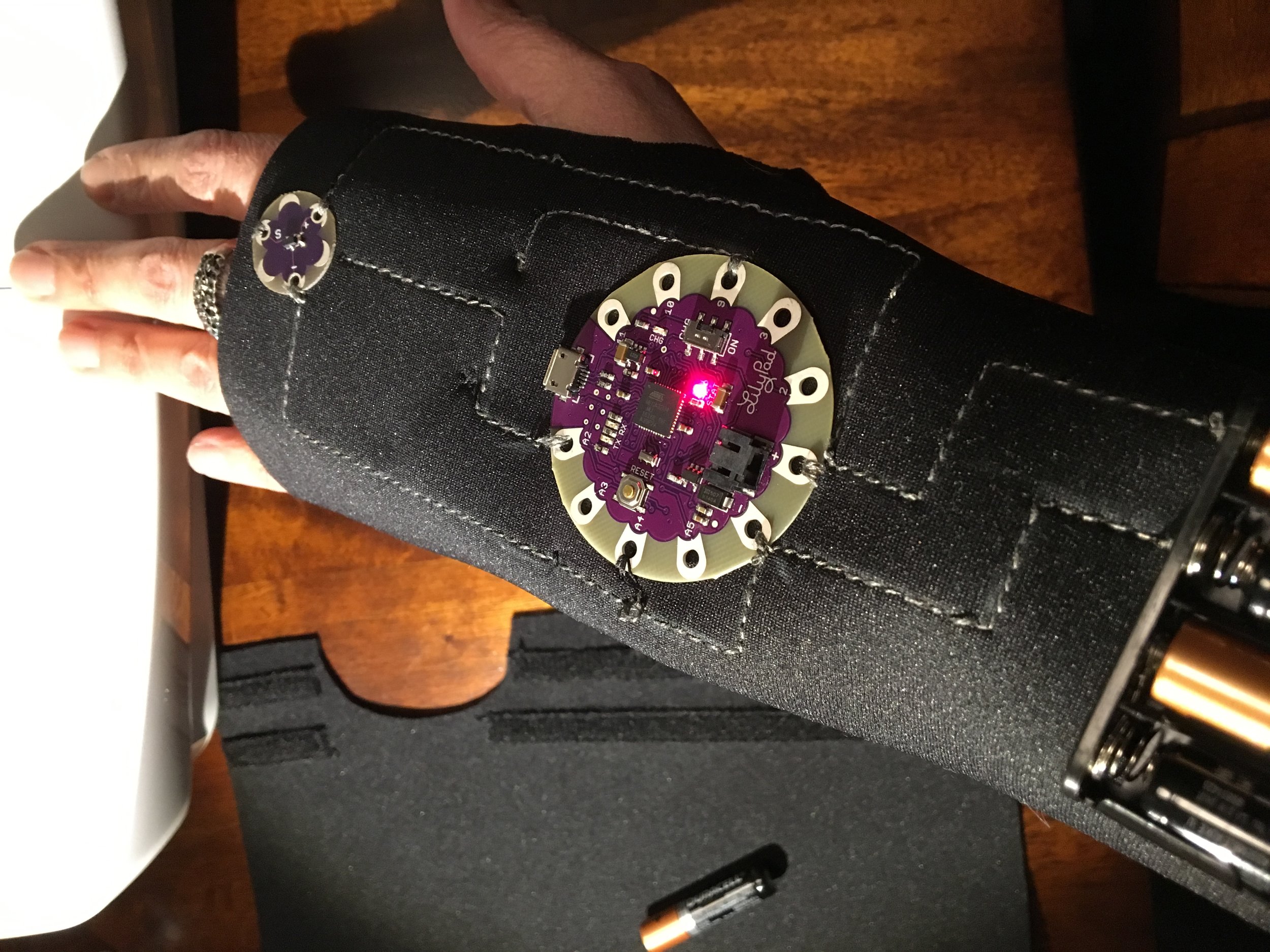
What are the challenges of being an entrepreneur in the niche you are in? How about being a female founder / entrepreneur?
We are venturing into a domain that has primary been faced by men for so long. There were advances, but still much world and resistance to go through and much education still required.
However, it’s my understanding that above being men and women, we are humans that should work together and respect each other, and every single person would fully employ his/her potential to help others.
What are your projects you are currently working on?
Currently I’m very focused on our product development, and I’m starting discovery interviews for new needs. However, there’s always room for other projects. I run a non-profit organization (not Tech related), and I participate in different Tech community activities in Montreal.
Also, I’m keeping an eye into patients stories to learn more about their conditions and limitations they may bring and how they struggle or accommodate their daily activities to keep as much as possible of a regular day.
Is #WomenInTech movement important to you and if yes, why?
Yes, and I try my best to promote other women as well. Since the beginning of my career, I’ve been working on environments where women were extremely under represented. Mostly I’ve had very respectful colleagues, but the moments of not being heard, or having to work harder, or being considered not capable have been always present. Being supportive to each other is how our voice and our work are going to be more and more respected.
What is the most important piece of advice you can give to all female founders and female entrepreneurs out there?
One thing I learned from my parents, and I carry with me up to this day: don’t be afraid to ask, the “no” you have already. So, another negative won’t push you back, it’ll make you learn how to ask better the next time.
What will be the key trends in the health tech industry in the next 5 years and where do you see it heading?
The connection and partnership between practitioners and patients must strengthen. Doctors have the knowledge, but patients have the experience. Designers and technologists should shift their approach from the former to the latter. Patients may have medication and treatment to cure or relief their conditions, but above all, they must felt well and confident. Patient centered designed solutions can be the source of acceptance to chronic conditions, prevent major mental illnesses, overcome of many others and fell in control of own life again.
Who are your 3 inspirational women in health tech?
Haiyan Zhang, Dr. Cecily Morrison, Dr. Chieko Asawaka. Different backgrounds and motivations; all 3 working for a more inclusive and receptive world for the chronically affected and for the impaired.
Website: https://totumtech.com/
Social media Maria Julia:
https://www.linkedin.com/in/mjguimaraes/
https://twitter.com/mjuliaguimaraes
https://www.facebook.com/mjguimaraes2
Social media Totum Tech:
https://www.linkedin.com/company/totumtech/
https://twitter.com/TheTotumTech
https://www.facebook.com/thetotumtech/
This interview was conducted by Marija Butkovic, Digital Marketing and PR strategist, founder and CEO of Women of Wearables and co-founder of Kisha Smart Umbrella. She regularly writes and speaks on topics of wearable tech, fashion tech, IoT, entrepreneurship and diversity. Visit marijabutkovic.co.uk or follow Marija on Twitter @MarijaButkovic @Women_Wearables @GetKisha.

